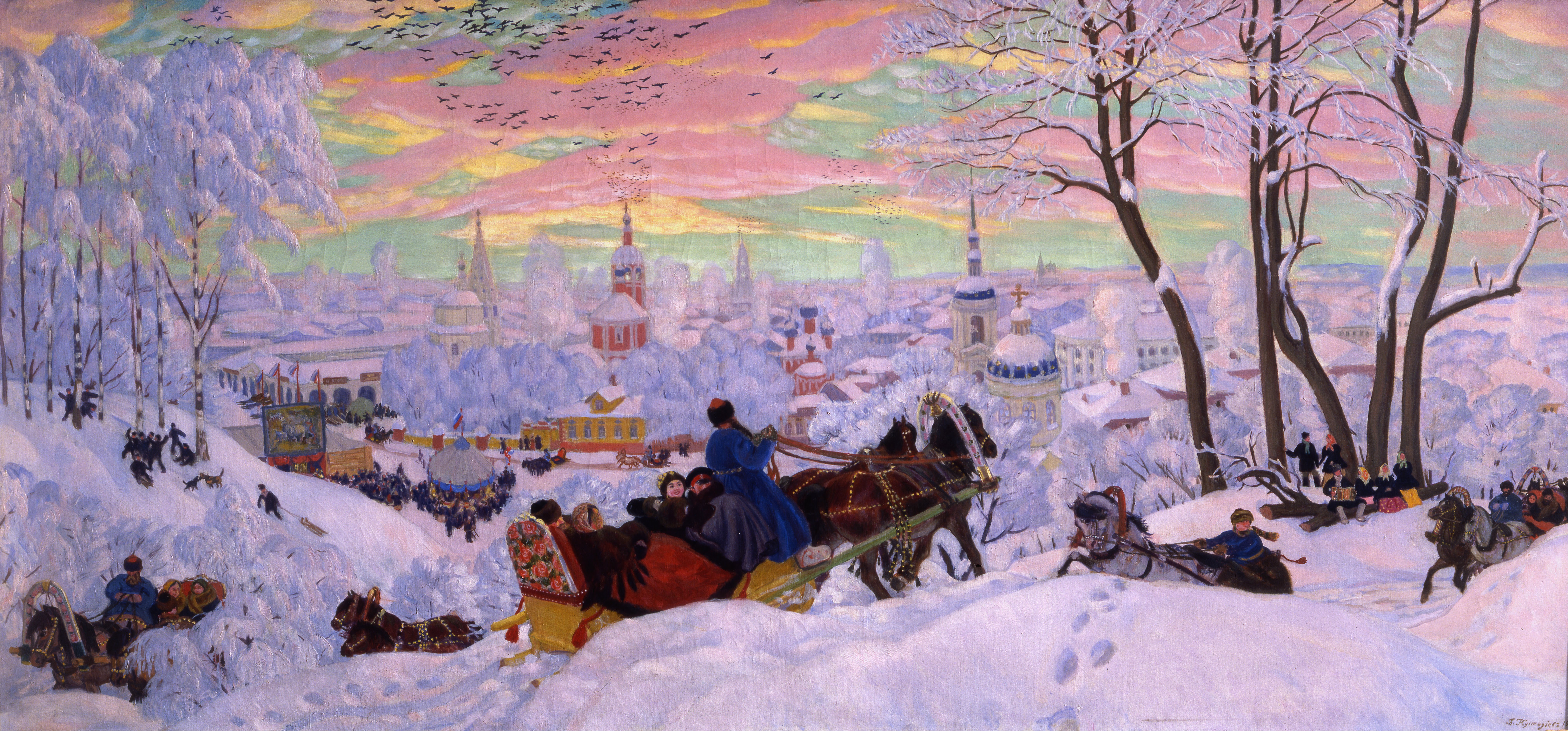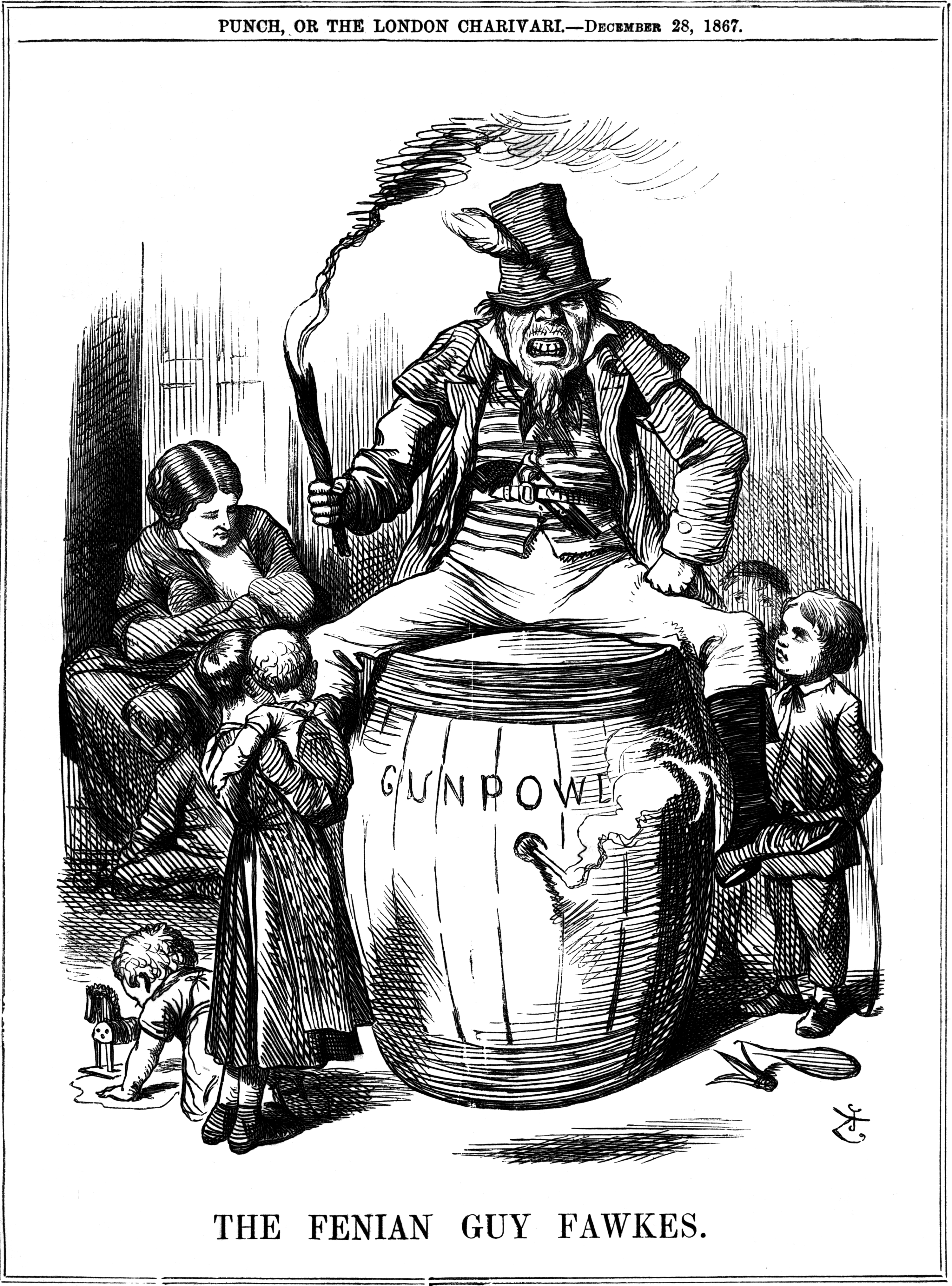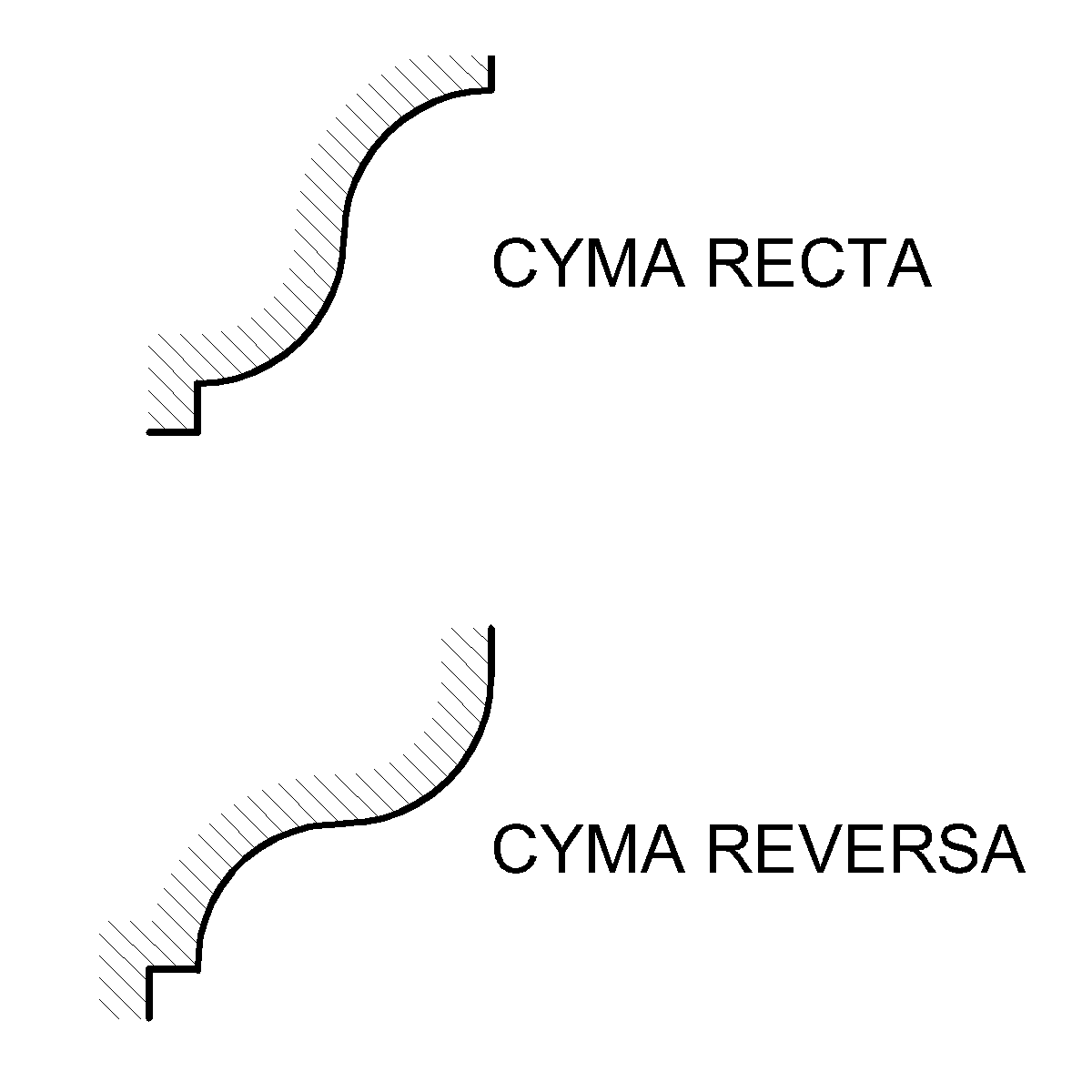|
Midleton Library
Midleton Library (), formerly Midleton Town Hall (), is a municipal building in Main Street, Midleton, County Cork, Ireland. The building, which was used as the market house and town hall throughout most of its life, is now used as a public library. It is included in Cork County Council's Record of Protected Structures. History The building in its original form was commissioned by Sir St John Brodrick of Ballyannan who was granted rights as lord of the manor of the Ballyannan Estate to the southwest of Midleton in 1670. It was complete by the time of the publication of Sir William Petty's county map, ''Hiberniae Delineatio'', in 1685 and was enhanced by a clock in around 1750. After it became dilapidated, George Brodrick, 4th Viscount Midleton invited proposals for the rebuilding of the structure in the early 1780s. The new structure was designed by John Morrison in the Italianate style, built in rough limestone and was completed in 1789. The design involved a symmetrical mai ... [...More Info...] [...Related Items...] OR: [Wikipedia] [Google] [Baidu] |
Midleton
Midleton (; , meaning "monastery at the weir") is a town in south-eastern County Cork, Ireland. It lies approximately 16 km east of Cork City on the Owenacurra River and the N25 road, which connects Cork to the port of Rosslare. A satellite town of Cork City, Midleton is part of Metropolitan Cork. It is the central hub of business for the East Cork Area. The town is in the civil parish of Middleton. Midleton is within the Cork East Dáil constituency. History In the 1180s advancing Normans led by Barry Fitz Gerald established an abbey at a weir on the river to be populated by Cistercian Monks from Burgundy. The abbey became known as "Chore Abbey" and "Castrum Chor", taking its name from the Irish word (weir), although some say that "Chor" comes from "Choir" or "Choral". The abbey is commemorated in the Irish name for Midleton, , or "Monastery at the Weir", and of the local river Owenacurra or meaning "River of the Weirs". St John the Baptist's Church, belonging to t ... [...More Info...] [...Related Items...] OR: [Wikipedia] [Google] [Baidu] |
Parapet
A parapet is a barrier that is an upward extension of a wall at the edge of a roof, terrace, balcony, walkway or other structure. The word comes ultimately from the Italian ''parapetto'' (''parare'' 'to cover/defend' and ''petto'' 'chest/breast'). Where extending above a roof, a parapet may simply be the portion of an exterior wall that continues above the edge line of the roof surface, or may be a continuation of a vertical feature beneath the roof such as a fire wall or party wall. Parapets were originally used to defend buildings from military attack, but today they are primarily used as guard rails, to conceal rooftop equipment, reduce wind loads on the roof, and to prevent the spread of fires. Parapet types Parapets may be plain, embattled, perforated or panelled, which are not mutually exclusive terms. *Plain parapets are upward extensions of the wall, sometimes with a coping at the top and corbel below. *Embattled parapets may be panelled, but are pierced, if not ... [...More Info...] [...Related Items...] OR: [Wikipedia] [Google] [Baidu] |
City And Town Halls In The Republic Of Ireland
A city is a human settlement of a substantial size. The term "city" has different meanings around the world and in some places the settlement can be very small. Even where the term is limited to larger settlements, there is no universally agreed definition of the lower boundary for their size. In a narrower sense, a city can be defined as a permanent and densely populated place with administratively defined boundaries whose members work primarily on non-agricultural tasks. Cities generally have extensive systems for housing, transportation, sanitation, utilities, land use, production of goods, and communication. Their density facilitates interaction between people, government organizations, and businesses, sometimes benefiting different parties in the process, such as improving the efficiency of goods and service distribution. Historically, city dwellers have been a small proportion of humanity overall, but following two centuries of unprecedented and rapid urbanization, more ... [...More Info...] [...Related Items...] OR: [Wikipedia] [Google] [Baidu] |
Shrove Tuesday
Shrove Tuesday (also known as Pancake Tuesday or Pancake Day) is the final day of Shrovetide, which marks the end of the pre-Lenten season. Lent begins the following day with Ash Wednesday. Shrove Tuesday is observed in many Christian state, Christian countries through participating in Confession (religion)#Christianity, confession, the ritual burning of the previous year's Holy Week palms, finalizing one's Lenten sacrifice, as well as eating pancakes and other sweets. Shrove Tuesday is observed by many Christians, including Anglicans, Lutherans, Methodists, Western Orthodox, Western-rite Orthodox Christians, and Roman Catholics, who "make a special point of self-examination, of considering what wrongs they need to repent, and what amendments of life or areas of spiritual growth they especially need to ask God's help in dealing with." This moveable feast is determined by date of Easter, the date of Easter. The expression "Shrove Tuesday" comes from the word ''wikt:en:shrive, shr ... [...More Info...] [...Related Items...] OR: [Wikipedia] [Google] [Baidu] |
Fenian Rising
The Fenian Rising of 1867 (, ) was a rebellion against British rule in Ireland, organised by the Irish Republican Brotherhood (IRB). After the suppression of the ''Irish People'' newspaper in September 1865, disaffection among Irish radical nationalists continued to smoulder, and during the later part of 1866, IRB leader James Stephens endeavoured to raise funds in the United States for a fresh rising planned for the following year. However the rising of 1867 proved poorly organised. A brief rising took place in County Kerry in February, followed by an attempt at nationwide insurrection, including an attempt to take Dublin in early March. Due to poor planning and British infiltration of the nationalists, the rebellion never got off the ground. Most of the leaders in Ireland were arrested, but although some of them were sentenced to death, none suffered execution. There followed a series of attacks in England aimed at freeing Fenian prisoners, including a bomb in London and an ... [...More Info...] [...Related Items...] OR: [Wikipedia] [Google] [Baidu] |
West Yorkshire Regiment
The West Yorkshire Regiment (Prince of Wales's Own) (14th Foot) was an infantry regiment of the British Army. In 1958 it amalgamated with the East Yorkshire Regiment (15th Foot) to form the Prince of Wales's Own Regiment of Yorkshire which was, on 6 June 2006, amalgamated with the Green Howards and the Duke of Wellington's Regiment (West Riding) to form the Yorkshire Regiment (14th/15th, 19th and 33rd/76th Foot). History Formation to 1776 The regiment was raised by Sir Edward Hales in response to the 1685 Monmouth Rebellion. Following the 1688 Glorious Revolution and deposition of James II, Hales was replaced as colonel by William Beveridge; after serving in Scotland, the unit was sent to Flanders in 1693, and gained its first battle honour at Namur in 1695. After the 1697 Treaty of Ryswick, the regiment served in Ireland until 1715, when it moved to Scotland to take part in the 1715 Jacobite Rising. It fought at Glen Shiel in 1719, before returning to England. Posted ... [...More Info...] [...Related Items...] OR: [Wikipedia] [Google] [Baidu] |
Municipal Corporations (Ireland) Act 1840
The Municipal Corporations Act (Ireland) 1840 ( 3 & 4 Vict. c. 108), ''An Act for the Regulation of Municipal Corporations in Ireland'', was passed by the Parliament of the United Kingdom on 10 August 1840. It was one of the Municipal Corporations (Ireland) Acts 1840 to 1888. The Act followed similar lines to the Municipal Corporations Act 1835 which reformed municipal boroughs in England and Wales. Prior to the passing of the Act, there were 68 borough corporations in Ireland. However, many of them were ineffective, some were virtually defunct and none of them in any way representative of their populations. The Act dissolved all but 10 of the corporations. Background At the Acts of Union 1800, there had been 117 boroughs entitled to send MPs to the Irish House of Commons. From 1801, this number was reduced to 33 boroughs entitled to send MPs to the United Kingdom House of Commons. Defunct corporations Commissioners were reported to inquire into the state of municipal cor ... [...More Info...] [...Related Items...] OR: [Wikipedia] [Google] [Baidu] |
Weather Vane
A wind vane, weather vane, or weathercock is an instrument used for showing the direction of the wind. It is typically used as an architectural ornament to the highest point of a building. The word ''vane'' comes from the Old English word , meaning "flag". Although partly functional, wind vanes are generally decorative, often featuring the traditional cockerel design with letters indicating the points of the compass. Other common motifs include ships, arrows, and horses. Not all wind vanes have pointers. In a sufficiently strong wind, the head of the arrow or cockerel (or equivalent) will indicate the direction from which the wind is blowing. Wind vanes are also found on small wind turbines to keep the wind turbine pointing into the wind. History The oldest known textual references to weather vanes date from 1800-1600 BCE Babylon, where a fable called ''The Fable of the Willow'' describes people looking at a weather vane "for the direction of the wind." In China, the ''Hu ... [...More Info...] [...Related Items...] OR: [Wikipedia] [Google] [Baidu] |
Dome
A dome () is an architectural element similar to the hollow upper half of a sphere. There is significant overlap with the term cupola, which may also refer to a dome or a structure on top of a dome. The precise definition of a dome has been a matter of controversy and there are a wide variety of forms and specialized terms to describe them. A dome can rest directly upon a Rotunda (architecture), rotunda wall, a Tholobate, drum, or a system of squinches or pendentives used to accommodate the transition in shape from a rectangular or square space to the round or polygonal base of the dome. The dome's apex may be closed or may be open in the form of an Oculus (architecture), oculus, which may itself be covered with a roof lantern and cupola. Domes have a long architectural lineage that extends back into prehistory. Domes were built in ancient Mesopotamia, and they have been found in Persian architecture, Persian, Ancient Greek architecture, Hellenistic, Ancient Roman architecture, ... [...More Info...] [...Related Items...] OR: [Wikipedia] [Google] [Baidu] |
Ogee
An ogee ( ) is an object, element, or curve—often seen in architecture and building trades—that has a serpentine- or extended S-shape (Sigmoid curve, sigmoid). Ogees consist of a "double curve", the combination of two semicircle, semicircular curves or arc (geometry), arcs that, as a result of a inflection point, point of inflection from concave function, concave to convex function, convex or ''vice versa'', have ends of the overall curve that point in opposite directions (and have tangents that are approximately parallel). First seen in textiles in the 12th century, the use of ogee elements—in particular, in the design of arches—has been said to characterise various Gothic architecture, Gothic and Gothic Revival architecture, Gothic Revival architectural styles. The shape has many such uses in architecture from those periods to the present day, including in the ogee arch in these architectural styles, where two ogees oriented as mirror images compose the sides of the ar ... [...More Info...] [...Related Items...] OR: [Wikipedia] [Google] [Baidu] |
Belfry (architecture)
The belfry /ˈbɛlfri/ is a structure enclosing Bell (instrument), bells for ringing as part of a building, usually as part of a bell tower or Steeple (architecture), steeple. It can also refer to the entire tower or building, particularly in continental Europe for such a tower attached to a city hall or other civic building. A belfry encloses the bell chamber, the room in which the bells are housed; its walls are pierced by openings which allow the sound to escape. The openings may be left uncovered but are commonly filled with louvers to prevent rain and snow from entering and damaging the bells. There may be a separate room below the bell chamber to house the ringers. Etymology The word ''belfry'' comes from the Old French, Old North French or , meaning 'movable wooden siege tower'. The Old French word itself is derived from Middle High German , 'protecting shelter' (cf. the cognate ''bergfried''), combining the Proto-Germanic , 'to protect', or , 'mountain, high place', wit ... [...More Info...] [...Related Items...] OR: [Wikipedia] [Google] [Baidu] |
Cupola
In architecture, a cupola () is a relatively small, usually dome-like structure on top of a building often crowning a larger roof or dome. Cupolas often serve as a roof lantern to admit light and air or as a lookout. The word derives, via Italian language, Italian, from lower Latin ''cupula'' (classical Latin ''cupella''), (Latin ''cupa''), indicating a vault resembling an upside-down cup. The cylindrical drum underneath a larger cupola is called a tholobate. Background The cupola evolved during the Renaissance from the older Oculus (architecture), oculus. Being weatherproof, the cupola was better suited to the wetter climates of northern Europe. The chhatri, seen in Architecture of India, Indian architecture, fits the definition of a cupola when it is used atop a larger structure. Cupolas often serve as a Bell tower, belfry, Belvedere (structure), belvedere, or roof lantern above a main roof. In other cases they may crown a spire, tower, or Turret (architecture), turret. B ... [...More Info...] [...Related Items...] OR: [Wikipedia] [Google] [Baidu] |







